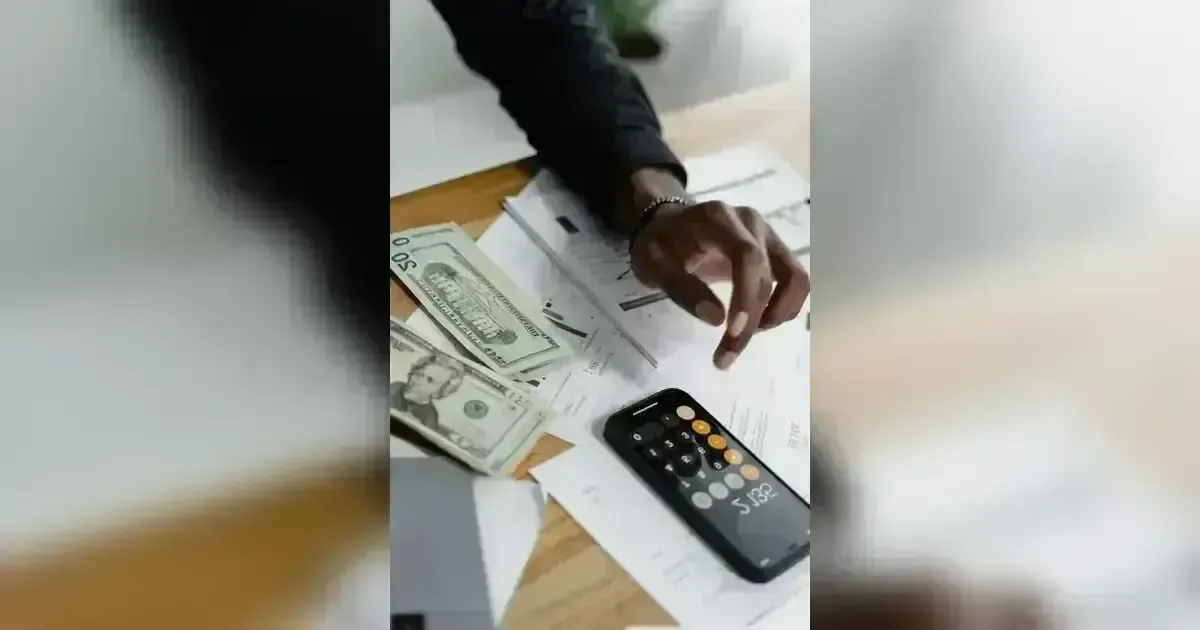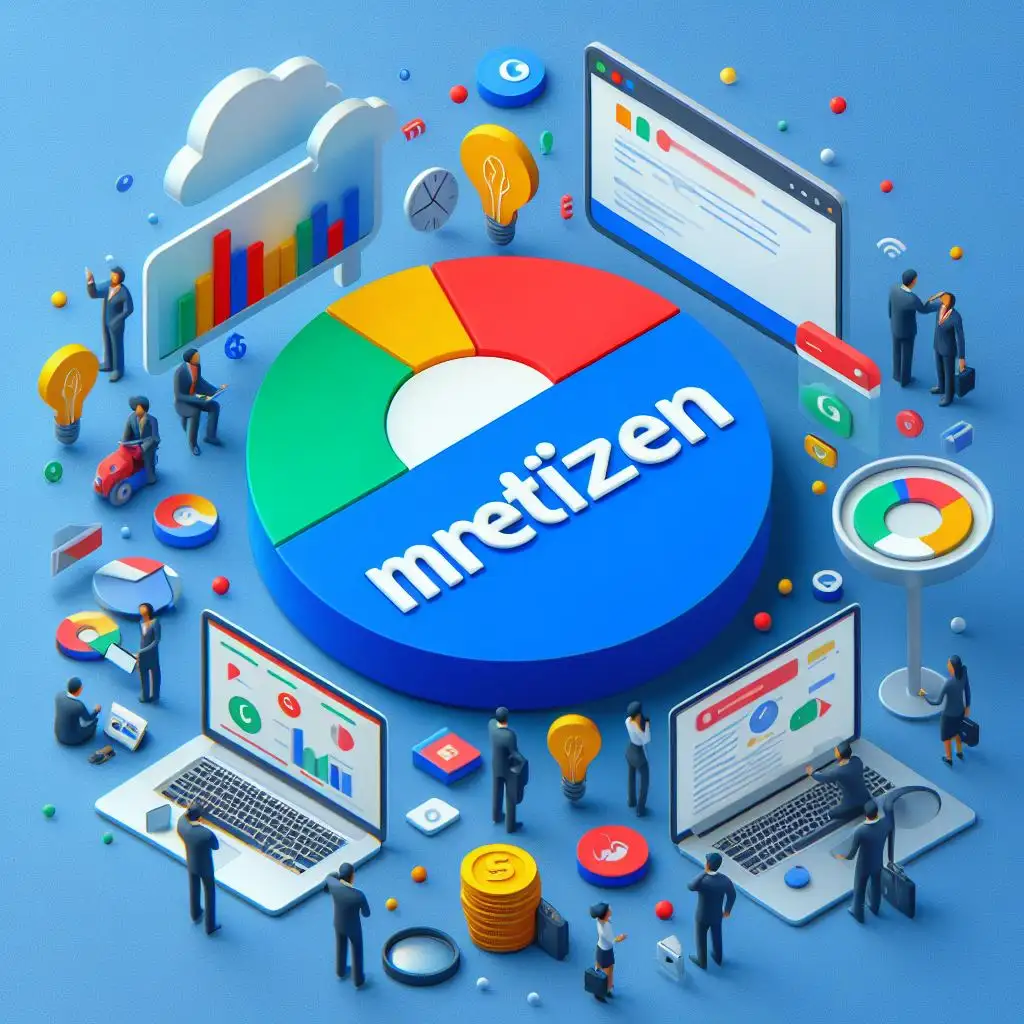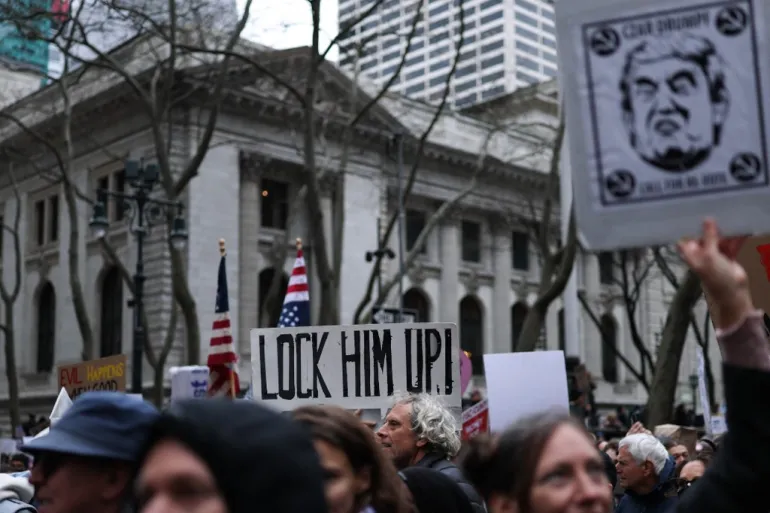Learn how to identify fake vs. real fertilizers in this essential guide. Understand the key differences, warning signs, and testing methods to ensure you’re using authentic, effective products. Protect your crops and garden by making informed decisio
Farming is a tough business, and one of the biggest challenges farmers face is the cost of fertilizers. Whether it's chemical fertilizers or manure, these inputs are usually the highest expenses on a farm, often surpassing costs like tilling, seeds, and irrigation. Despite the growing interest in organic farming, organic fertilizers are still hard to come by in many areas. Because of this, farmers often have no choice but to rely heavily on chemical fertilizers like DAP, Zinc Sulphate, Urea, and MOP each year to make sure they get a good harvest.
This constant demand for chemical fertilizers, though, opens the door for fraud. There are many shady sellers out there who take advantage of farmers by offering fake or substandard fertilizers. These counterfeit products can be harmful to crops and ultimately lead to poor yields. However, there are some simple ways to protect yourself and make sure you're getting the real deal when it comes to fertilizers.
How to Spot Authentic Fertilizers
Common Types of Fake Fertilizers
So, now that you know what types of fake fertilizers to watch out for, let’s dive into how you can actually spot them when you’re buying. Here are some easy steps you can follow to make sure the fertilizer you’re getting is the real deal:
1. Check for Brand Authenticity
First things first: always buy from trusted suppliers or authorized dealers. The source you’re purchasing from can make a huge difference. Look for official seals, holograms, or any unique marks on the packaging that are usually used by legitimate brands to show that it’s the real thing. If the seller can’t provide these, you might want to think twice about buying from them.
2. Examine the Packaging
When it comes to fertilizers, the packaging can tell you a lot about the quality of the product inside. Real fertilizers are packaged in high-quality materials with clear, professional labeling. So, if you notice the print quality is poor, there are spelling mistakes, or the design just seems off, it could be a red flag that you're dealing with a fake. Always inspect the packaging carefully—it should look crisp and polished, not cheap and sloppy.
3. Urea Quality Check
Urea is a common fertilizer, and you can easily do a couple of tests to make sure it’s the real deal. Here’s what to look for:
-
Appearance: Genuine urea should be white, shiny, and have uniform, round granules.
-
Solubility Test: Drop some urea into water. Real urea dissolves easily, and you’ll notice the solution feels slightly cool when you touch it.
-
Heat Test: Put a little urea on a hot pan. If it's real, it should melt right away and leave no residue. If it starts to swell or burn, you’ve got a fake on your hands.
4. DAP (Di-ammonium Phosphate) Test
DAP is another fertilizer farmers commonly use, so it’s important to make sure you're getting the real thing. Here’s how to test:
-
Appearance: Real DAP granules are hard, brownish-black, and almond-shaped.
-
Odor Test: Rub some DAP between your palms. If it’s authentic, it should release a strong, pungent smell—kind of like ammonia.
-
Heat Test: When you heat genuine DAP granules in a pan, they will swell. If they don’t, it could be a fake.
5. Super Phosphate Test
Super phosphate is another popular fertilizer, and here’s how you can tell if it’s genuine:
-
Appearance: The granules are also hard, brownish-black, and almond-shaped, just like DAP.
-
Breaking Test: When you try to break a real super phosphate granule with your fingers or nails, it shouldn’t crumble easily. If it does, it might be fake.
-
Heat Test: When heated, real super phosphate won’t swell, so if the granules swell up when you put them on a pan, it’s a sign you’ve bought a counterfeit product.
6. Observe Plant Response
After you’ve applied the fertilizer, keep an eye on your crops. Genuine fertilizers should help your plants grow strong and healthy. You should see better yields, improved resistance to diseases, and overall healthier crops. If you notice that your plants aren’t responding well or are even showing signs of distress, it could be a sign that the fertilizer isn’t up to par.
7. Check Expiry Dates
Lastly, always check the expiry date on the packaging. Fertilizers lose their potency over time, so using expired products can be risky. They might not work as well, or worse, they could harm your crops. If the fertilizer is past its expiration date, it’s best to avoid using it.
By keeping these tips in mind, you’ll be better equipped to avoid fake fertilizers and make sure your crops get the real nutrients they need. Happy farming!
By staying vigilant and knowing what to look for, you can protect yourself from fraud and make sure your crops are getting the best possible care. Authentic fertilizers not only help improve soil health and boost plant growth, but they also lead to higher yields and better profits in the long run. So, keep these tips in mind when you're out shopping for fertilizers, and make sure you're getting the best for your farm!


























